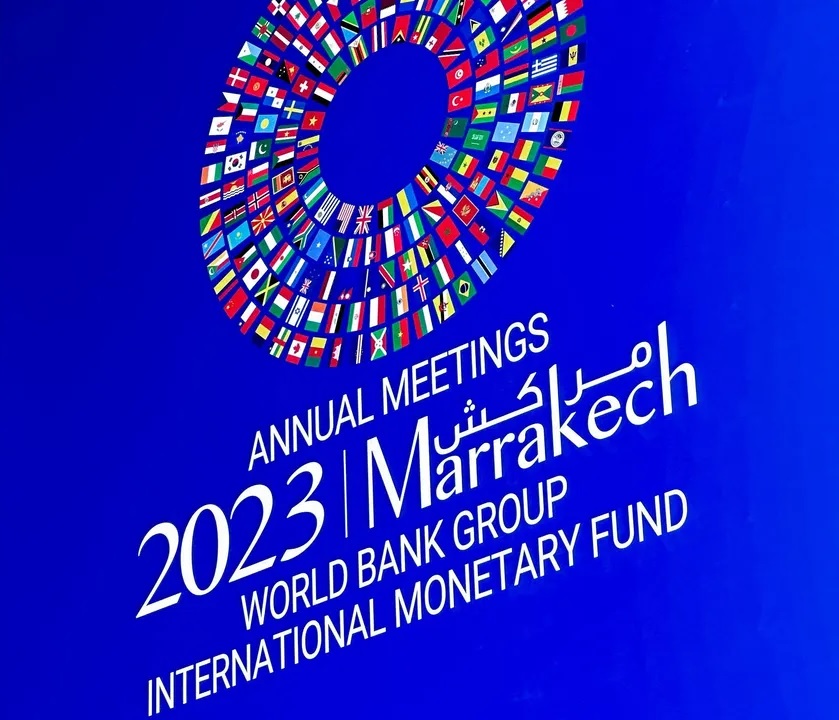The International Monetary Fund reduced growth forecasts for the Middle East and North Africa region to 2% this year due to tightening monetary policies and oil production cuts under the OPEC+ agreement.
The International Monetary Fund reduced its forecast for economic growth in the Middle East and North Africa region to 2% this year, compared to its previous forecast in April of 3.1% growth, due to tightening monetary policies and oil production cuts under the “OPEC+” agreement. However, the Fund maintained its expectations of improved growth in the region over the next year, as growth is expected to reach 3.4%, and this is unchanged from its previous estimates in April. However, growth levels will remain below the historical average in the medium term.
The Fund's estimates indicate that inflation levels are still high in some countries such as Egypt and Sudan, and average inflation is expected to reach 17.5%. The Fund added that inflation in the Middle East and North Africa region is expected to decline next year to 15%.
The Fund's report indicates that the accelerating pace of decline in inflation limits pressure from central banks to raise interest rates. But on the negative side of things, the slowdown in China or major advanced economies is likely to increase, which could lead to a decline in external demand. The focus on price stability in monetary policy must continue.
The Fund stressed the importance of continuing financial control to build the necessary safety margins and protect its ability to bear the burden of debt. Structural reforms must also be necessary in order to find solutions to the entrenched economic challenges hindering growth in the Middle East and Central Asia region.





